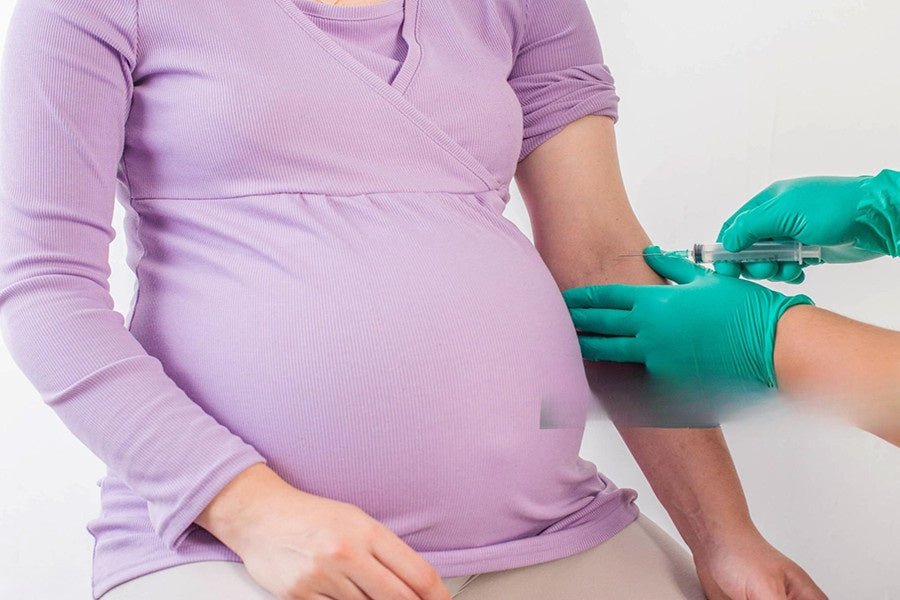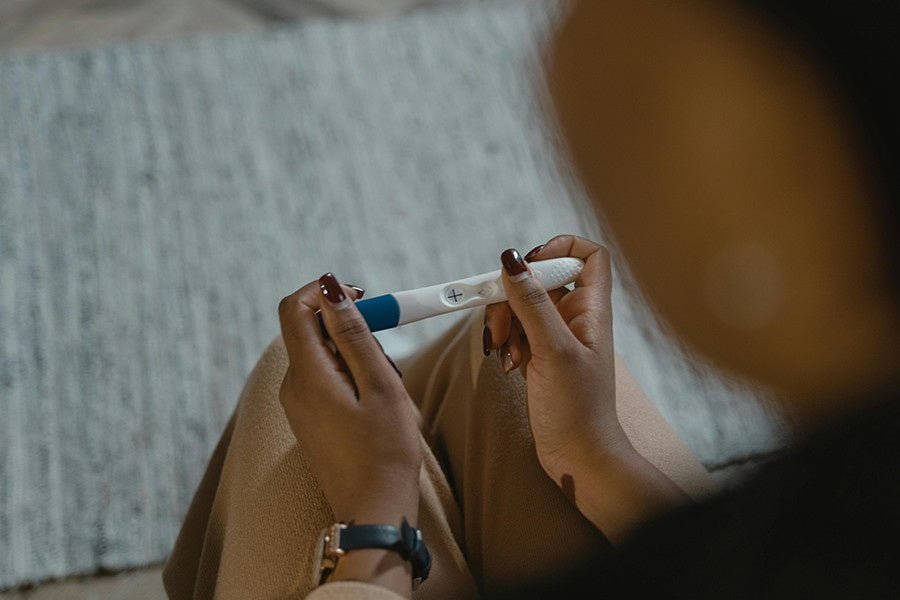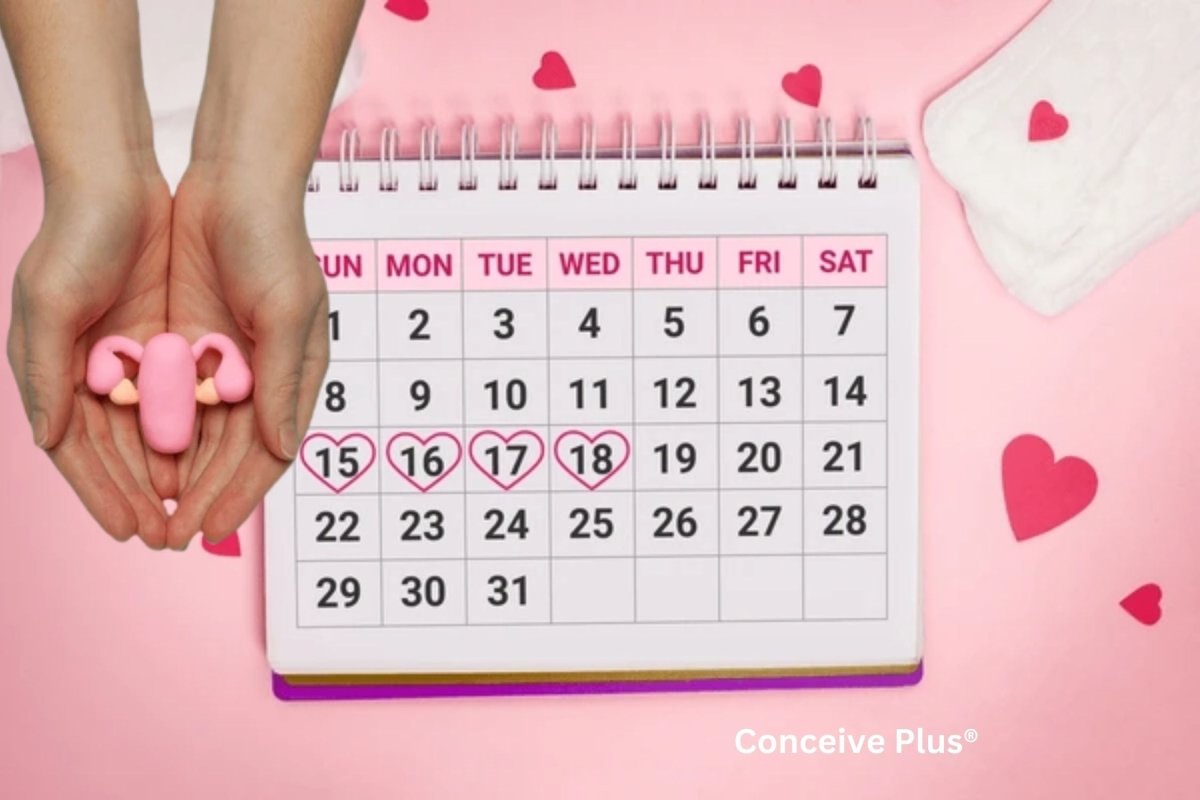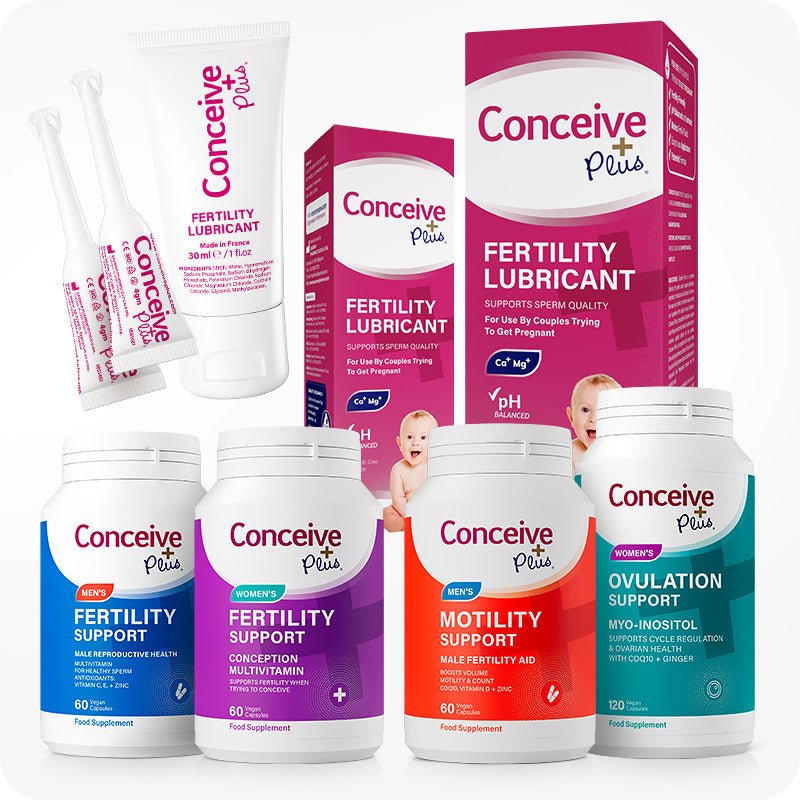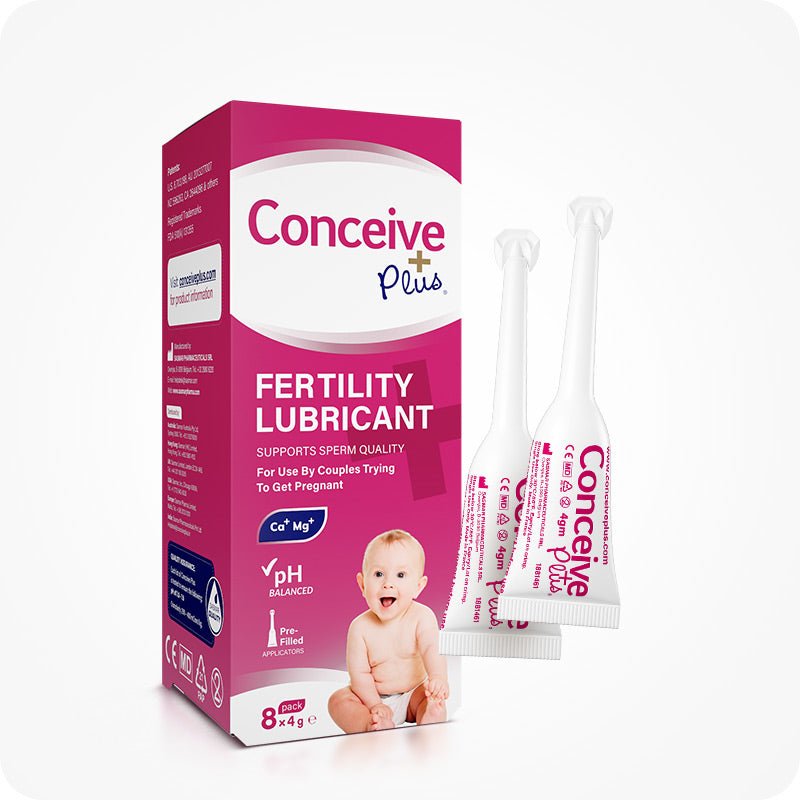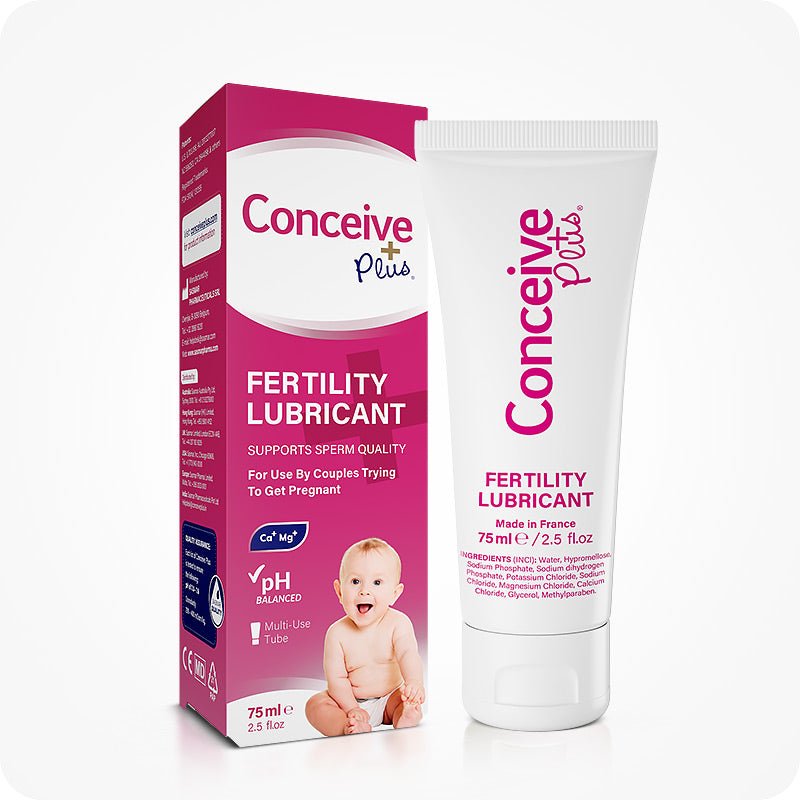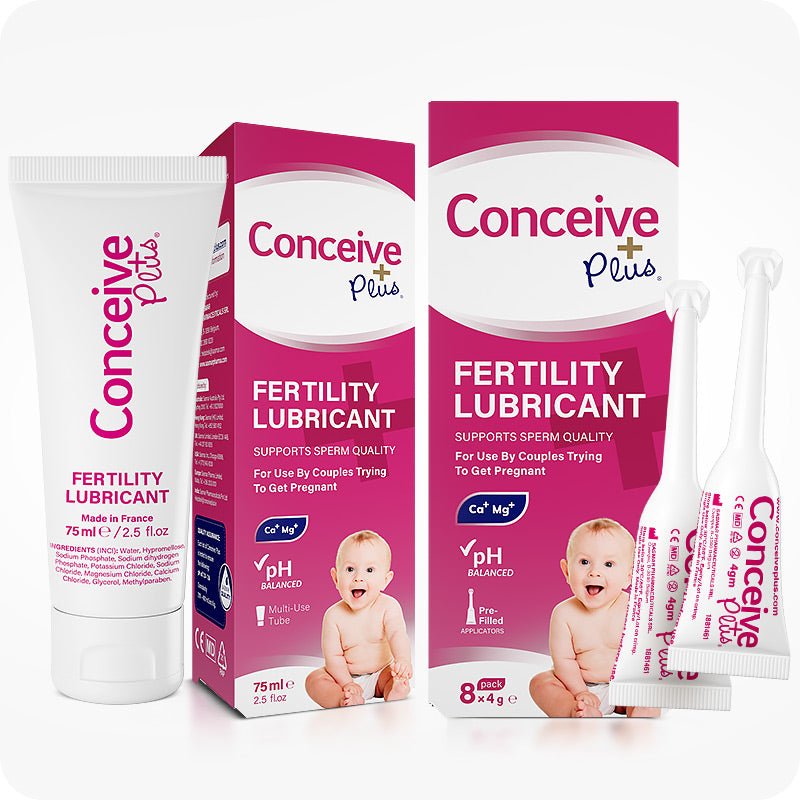8 Wild Birthing Practices From Way, Way Back When

Anyone who has had a baby recently knows that, insofar as one can actually plan for giving birth, there are a lot of options. Hospital or home? Bradley or Lamaze? Natural or not (and what does that even mean)? VBAC? Planned C? You get the point ... there are decisions to be made. Lots of them. But while choices abound, birth experiences are very much so shaped by the time and place in which they happen. A woman giving birth in the U.S. today will have an entirely different experience than a woman giving birth in the U.S. 100 years ago or, say, in China during the Ming Dynasty. All of which got us wondering about birth practices of the past and how, though some things have stayed very-much-so the same (end goal = healthy baby and mama), others have changed dramatically. Here, in no particular order, are 8 surprising things that used to happen during and soon after birth.
DURING DELIVERY:
1. Women gave birth in front of an audience.
Sure, women today often give birth in front of a pretty sizable group (depending on your preferences and location, that could include doctors and doctors-in-training, midwives, nurses, doulas, your partner, and friends or family), but that's still nothing compared to royal ladies of the days of yore. For years, and across Europe, monarchs were expected to give birth in full view of their court. As The Telegraph reported, "Up to 70 people would be present when future monarchs were born, so that they could verify there had been no skulduggery such as an infant impostor being substituted in the royal bedchamber." And it's not just royal ladies whose births drew a crowd. In colonial America, for example, well before most births moved into the hospital, women would assemble a group of supporters. A puritan woman could expect to have upwards of 10 women around her, including her mother-in-law and a handful of neighbors.
2. They delivered on chairs.
In the second century AD, the Greek physician Soranus wrote about childbirth, which was done largely under the supervision of midwives, and provided a lot of information about how and where it was done. At the time it was thought that during pushing and delivery (not earlier stages of labor), women should sit upright on a chair with armrests for her to grab. But according to ancient historian Valerie French, it wasn't any ol' chair, like, say the one that might be in a contemporary delivery suite. Instead, it had a "crescent-shaped hole" through which the baby was delivered.
3. Some used leaves to catch their babies.
According to historian Ellen Holmes Pearson with the University of North Carolina Asheville, accounts of Native American women heading to a solitary spot, like a brook or stream, to labor by themselves were likely inaccurate, and based on European settlers' observations. It's more likely that women were attended by midwives or family members. But, interestingly, in many cases, no one caught the baby, according to Pearson. Instead, after laboring while standing or sitting -- never lying down -- the baby fell into a soft pile of leaves placed under the mother.
4. They had their nether regions "tended" to.
As anyone who has ever watched the PBS show "Call the Midwife" can attest, women who gave birth at home during the 1950s in England often had their pubic hair shaved and also received enemas during the early stages of labor. In fact, the practice of giving women enemas has been routine in many countries, in many settings, the thinking being that it would reduce soiling and "consequent embarrassment" for women, a 2013 Cochrane review of the practice explained, and help provide more room for the baby to be born. That review may have put the nail in the delivery-enema coffin once and for all, however, concluding that the practice has no benefits and should be discouraged.
5. Women underwent "twilight sleep."
In 1914, so-called "twilight sleep" was introduced in the U.S. -- a combination of morphine (to provide pain relief) and scopolamine (basically, to wipe away any memory of the event). Although many women found that struggling for consciousness was far worse than the pain of labor, and nurses reported women thrashing irrationally while drifting in and out of sleep, "twilight sleep" was, at least initially, welcomed as a sign of medical "progress," before its negative effects were exposed.
POST-DELIVERY:
6. Women used wet nurses.
Throughout history -- from as early as 2000 BC until the 20th century -- the practice of using a wet nurse, or a woman who breastfeeds another's baby, was commonplace. Often, it was because breastfeeding challenges that meant mothers were unable to feed their own children (something many modern women know all about), but at various points in history, it was also the go-to feeding mode of aristocratic women. "Before the invention of bottles and formula, wet nursing was the safest and most common alternative to the natural mother's breast milk," one 2009 study explains.
7. And they received birth bling.
No, not like a push present. It was customary for renaissance women (who typically married between age 15 and 19, and for whom childbirth was a seriously risky event) to receive birth trays, often decorated with scenes from biblical births in celebration. They were given to women during their lying-in period (more on that below) to honor the birth, and were "laden with jars containing chicken soup and sweetmeats," the website for the Victoria and Albert art museum explains. After, they were hung as decorations, and became cherished keepsakes.
8. Women stayed put for 30 days.
Though women in the U.S. are now expected to pop up ready-to-go soon after their baby is born, at various points in history, women were given a lot more leeway to recover (and in some cases, were forced to stay inside, no matter their preference). As NPR reports, in China it was traditional for women to have a 30-day confinement or lying-in period, during which they followed certain rules about about diet and activity, and it's a practice that's in vogue again, NPR reports -- at least for some Chinese women who can afford it. Indeed, in many parts of the world a period of confinement is still the norm.


